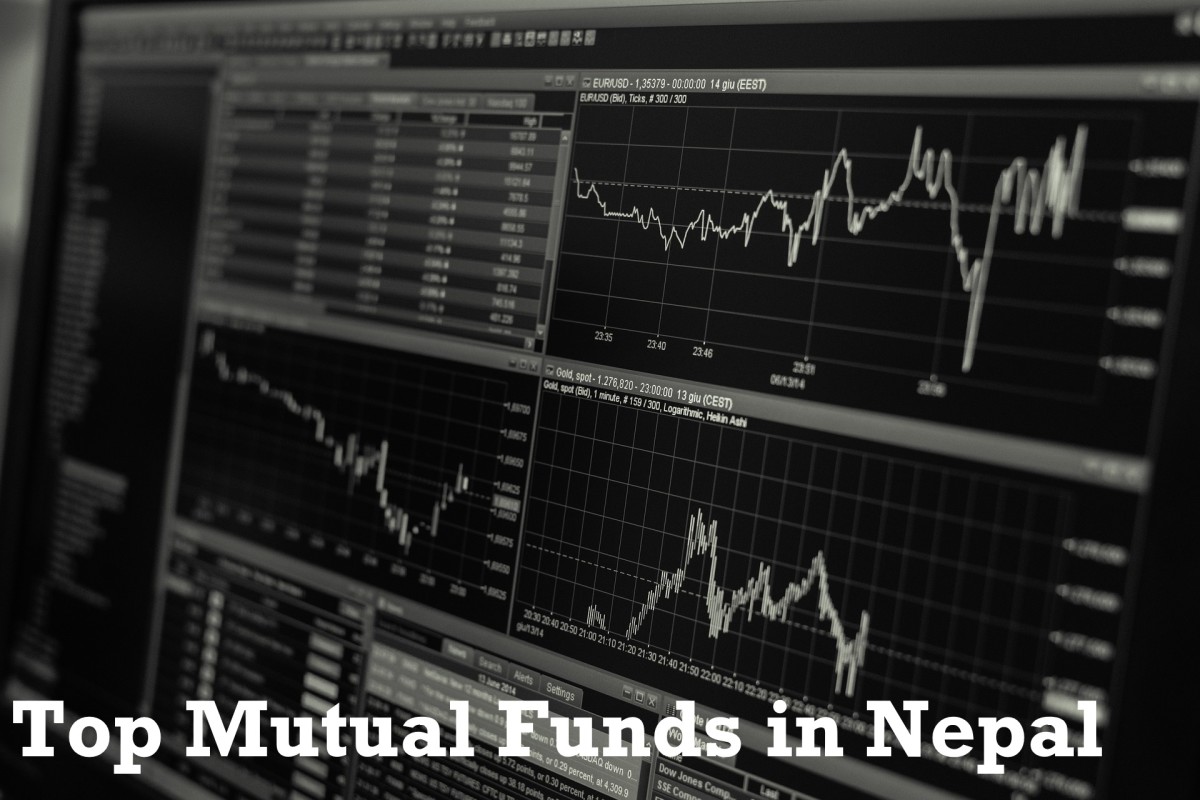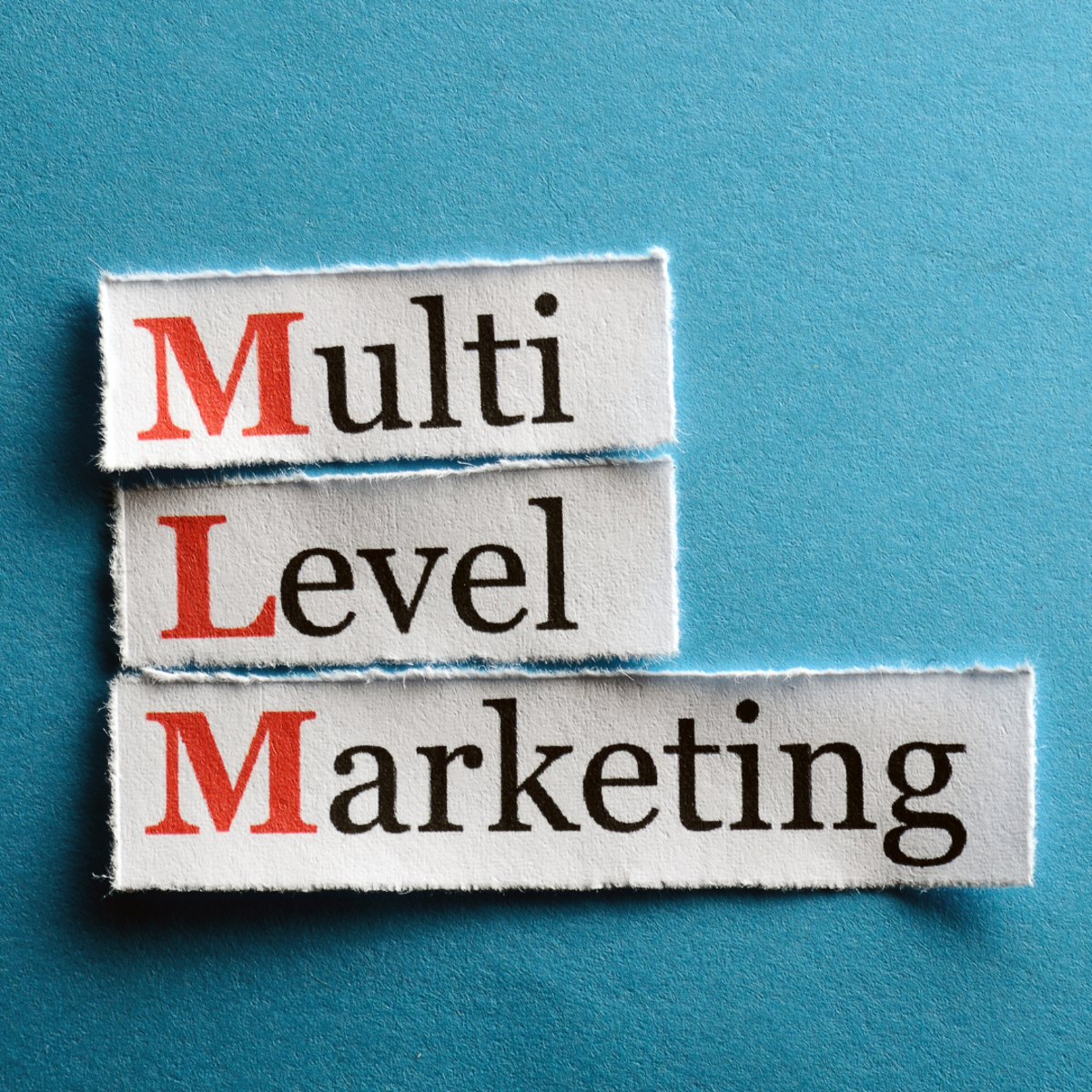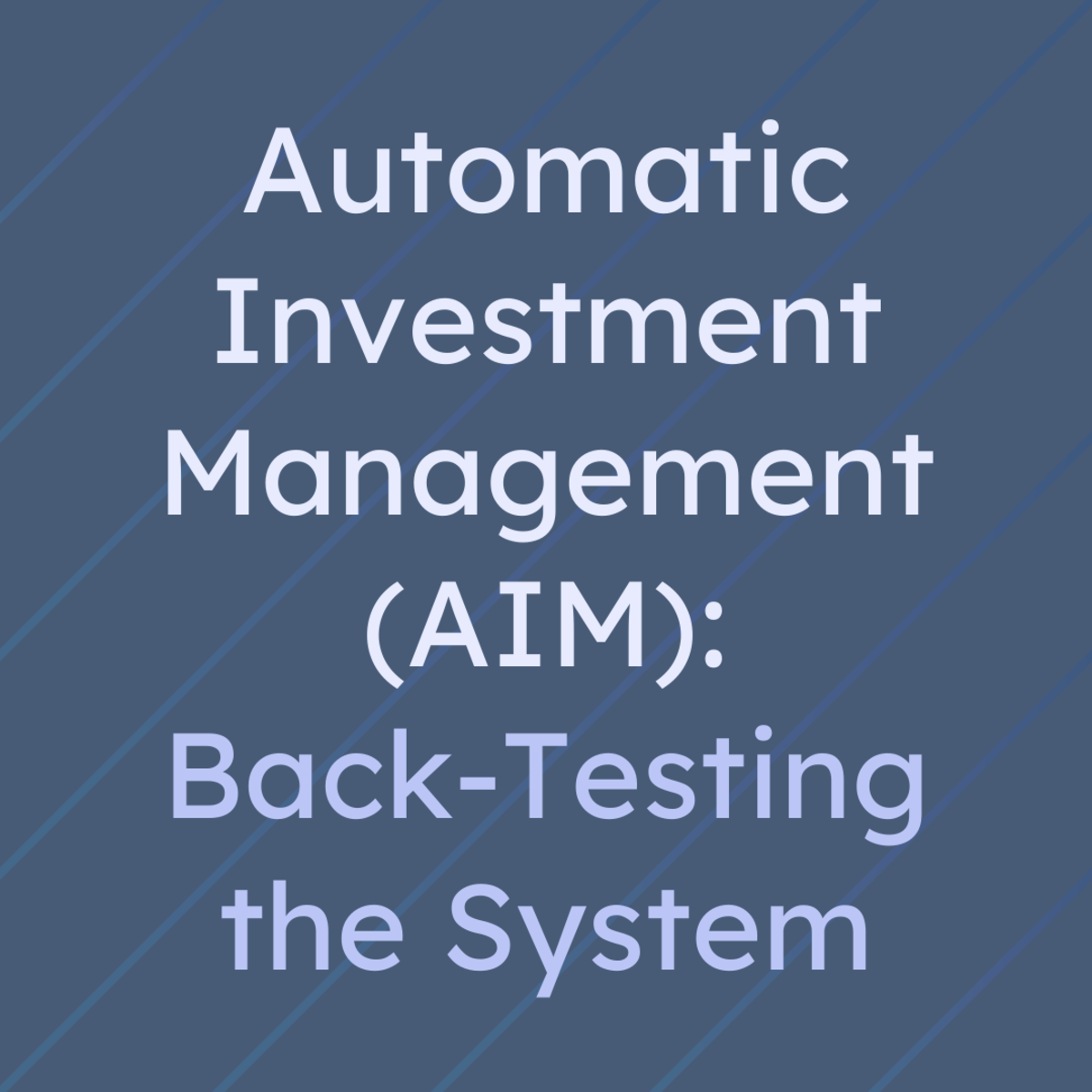What Are The Hidden Costs of Mutual Funds ???

What are the costs
When it comes to analyzing mutual fund fees, you most often have to turn over more than a few stones to find them all. Mutual funds costs can be broken down into three basic categories. Load funds, no-load funds and no-load funds with a transaction fee. However, the hidden costs are where you really need to look a bit more closely.
Load Funds
Here we are simply talking about a fund that has a sales charge. They will typically be sold by commission based sales representatives in one of three possible share classes. Class A shares require that you pay a commission up front that will typically range between 3.75%-5.25%. The sales representative receives a portion of the commission and splits the difference with his broker dealer.
Class B shares will have the same fund manager with typically identical holdings. With this share class you are not requires to pay a sales charge up front, yet you must hold the fund for a specific duration of time. Most often that is 5-7 years. The fund has what is called a contingent deferred sales charge (CDSC). If you sell the fund or a potion thereof during that period you will be subject to a redemption sales charge on a reduced sliding scale. At the end of the period, the B-class shares can then be converted to A-class shares. Why would you want to do this ??? The reason is the B-class charges you a substantially higher internal management fee to account for the lack of up front charges.
Lastly, there are the Class C shares. These require that you only hold the fund for typically one year to avoid the CDSC. However at the end of the year, you have no option to convert to the class A shares with the lower expenses. Let me first say that as a Fee based investment advisor I am adamantly opposed to commission based investment advice. I firmly believe it is not in the best interest of a client whom seeks investment advice or management. However, should you wish to work with an advisor whom is compensated on commissions, most often you would be better suited to pay the Class A sales charge up front. The management of a portfolio requires rebalancing over time. You don’t want to be locked into anything that inhibits or discourages your ability to reallocate assets. From a cost structure standpoint, over time you can see that the Class A is actually less expensive when compared to the Class B&C shares. Let’s look at a PIMCO fund. One of the best known bond fund managers in the world is Bill Gross. He manages among many funds the Total Return Fund. A look at the different share classes tells the story.
As of Q1 2012
Class A Symbol PTTAX Exp Ratio 0.85% Front End Sales Charge 3.75%
Class B Symbol PTTBX Exp Ratio 1.60% CDSC 3.5% sliding scale over 5 years
Class C Symbol PTTCX Exp Ratio 1.60% CDSC 1% for one year
No load Funds
As you may or may not know, the same fund listed above can also be bought as a no-load version. This simply means no front end or back end sales charge.
Class D Symbol PTTDX Exp Ratio 0.75% No sales Charge
So why buy the same fund with a sales charge, when you can buy it without a charge and a lower expense ratio ??? That’s an excellent question. You will have to ask the commissioned sales person that one. With No load funds, it important note that when you buy the fund directly from the fund company you’ll pay no sales charge whatsoever. However should you have an interest in multiple funds from different fund families, you may not wish to have 10 different accounts. So it is fairly common to open an account with a broker dealer like a Charles Schwab or a TD Ameritrade, whom can buy these no load funds for you all in one account. You’ll sometimes notice that some of the no load funds are subject to a transaction fee. This is NOT a sales charge. The difference is a transaction fee is usually fairly nominal. The reason for the fee is that a broker dealer like a Schwab will often work out a revenue sharing arrangement with many fund companies. In the No-Load PIMCO example mentioned above, the 0.75% annual expense ratio has a portion of which would be paid back to the broker dealers. Perhaps they get 0.20% of that fee. This is based on the arrangement each firm negotiates with a fund family. In some cases however, fund families are not willing to share any substantial revenue. Especially if the broker dealer is a direct competitor to the fund company. In such cases, the broker dealer must charge you a small fee, which is usually on the order of $50.00. These are typically a flat fee and have no bearing on the amount invested.
The True Cost
The real story around fund expenses in not necessarily the sales charge or the expense ratio. The hidden costs are more associated with all of the costs that you are not required to report as a fund company. When an expense ratio is quoted by a mutual fund company, this encompasses the investment advisory fee, the administrative costs, 12b-1 distribution fees, and other operating expenses. However this fails to tell the entire story, and often the cost is substantially higher. There are costs associated with the buying and selling of the underlying stocks or bonds within the portfolio that can increase the true expense at times to as much as 2-3 times more expensive than advertised. A study reported in the Wall Street Journal a few years ago by Richard Kopcke, an economist at the Center for Retirement Research at Boston College reported the following. “Among thousands of U.S.-stock funds studied, the average trading costs reflected 1.44% of total assets, with an average of 0.14% in the bottom quintile and 2.96% in the top.” This is over and above the expense ratio quoted by the fund companies in their prospectus. The SEC does NOT require that these costs be quoted in the expense ratio.
Much of these hidden costs and lack of performance as a result can help explain the rapid expansion of the ETF and Index fund marketplace. For more info on performance data see the below link.
http://landmarkwealth.hubpages.com/hub/Passive-vs-Active-ManagementThe-Case-for-ETFs
Most people would agree that none of us would care to work for free. However, as you can see the cost differential is sizeable and it can add up to quite a lot more than many realize over the years. As a fee based advisor I frankly use a relatively small number of actively managed mutual funds for my clients. When I do, I have access to purchase a Class A share with the sales charged waived. Additionally Registered Investment Advisors such as myself have access to institutional class shares that often have much lower expenses but very high minimums, such as an initial purchase of 1-10 million dollars. We are able to make such purchases for our clients without being subjected to those minimums.
If you truly feel you need to seek investment advice, I would strongly urge that you utilize an investment advisor whom is compensated exclusively on a fee only basis. They are held to a Fiduciary standard on your behalf and will be much more mindful of these hidden costs, as it is in their best interest to keep your investment portfolio as efficient as possible.
Suggested Reading
- How To Handle Your Pension Options
Over the years one common choice I have seen clients faced with is whether or not to opt for a lump sum pension benefit when it is offered to them at retirement versus accepting the monthly annuity payment from the company. Let me first start by... - Should I Buy an Annuity...What You Need To Know
What is an annuity ??? Annuities can generally be summarized as two basic types of insurance contracts. They are either immediate or deferred annuities. Over the years these two types of contracts have been expanded to encompass many different... - ETF's vs Closed-End Funds ???
The difference between a traditional exchange traded fund (ETF) and an actively managed closed end fund are several. However, there are certain basic features that one should understand before utilizing these solutions as investment options. The... - The Importance of Asset Allocation
When building and investment strategy we often hear the term “diversification” Yet and equally important concept is “Asset Allocation” It has been shown via numerous studies that the proper allocation can account for better than 90% of long... - The Impact of Retirement Distributions in Volatile M...
Over the last fifteen years in the financial planning field, the most commonly expressed concern I have heard from a retiree/pending retiree has been…Will I run out of money ??? When examining this question there are many variables to be concerned... - The Case for Alternative Investment Strategies
One of the lessons of 2008, and even the more recent market volatility is that portfolio management has become more dynamic. Traditional asset allocation models of equities, fixed income, and cash equivalents may not be sufficient for more growth... - Should I Pay off My Mortgage Early ???
For many Americans, the ability to pay down their mortgage sooner is simply not realistic. However in some cases it is quite possible. The Question of whether or not you should accelerate mortgage payments or use liquid cash to cover eliminate the... - What should your Financial Advisor ask you ???
Often we read articles & commentary about what to ask your financial advisor. But what should your financial advisor be asking you. Often times that alone can tell you whether or not you are engaged in a financial advisory relationship that is in - Passive vs Active Management…The Case for ETF’s
There has been an ongoing debate for decades about the benefits of actively managed mutual funds versus their passive counterparts. Those counterparts would be the exchange traded fund market (ETF’s) as well as traditional index funds. Those in... - Bonds vs Bond Funds ???
While over the years the community of investment professionals nearly universally agree that most every client should own some form and percentage of fixed income as part of their asset allocation strategy…Over the years there has been an ongoing...









